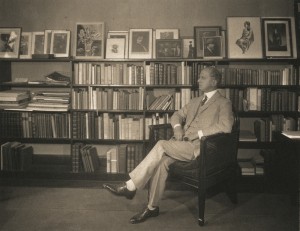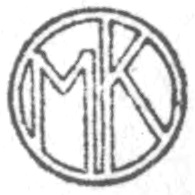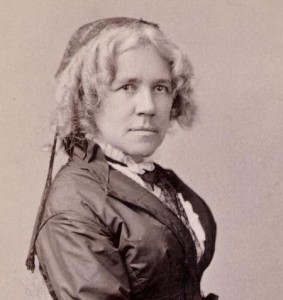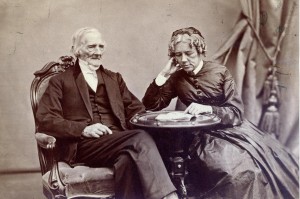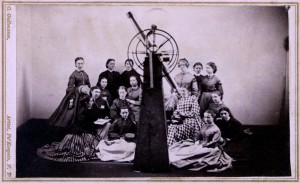Posted on behalf of Ron Patkus, Director of Archives and Special Collections
Mitchell Kennerley (1878-1950), whose birthday is August 14, was one of the greatest figures in the worlds of publishing, book collecting, and art in the early twentieth century.
Born in England, as a young man he worked for the London office of the publisher John Lane. He came to New York to establish offices here, but did not stay with the company for long. He briefly held other positions before starting his own publishing firm in 1906, still in his twenties. He made many contacts and over his lifetime published the work of key authors, among them Oscar Wilde, D.H. Lawrence, and Edna St. Vincent Millay. He was called “the first modern publisher,” and was known for holding high standards in book production. From 1910 to 1916 he published in New York and London The Forum, a literary periodical which often featured his books.
Kennerley’s interest in books as objects led him to the world of book collecting. He joined the Book Collectors Club of America and started the Lexington Avenue Bookshop. From 1916-1929 and 1937-1939 he was also president of Andersen Galleries, overseeing many important auctions of books, manuscripts, and works of art. In the late 1930s he co-founded Parke-Bernet Galleries, which would eventually become the largest auctioneer of fine art in the United States.
Kennerley’s personality was larger than life. Matthew Bruccoli, in The Fortunes of Mitchell Kennerley, Bookman described it as a combination of “cool egotism, arrogance, audacity, ruthlessness, relentlessness and charm.” He thus faced many problems, including financial difficulties, and eventually committed suicide (the exact cause is unknown).
Vassar’s Special Collections Library holds significant collections relating to Kennerley. Of special note is a complete run of his imprint, dating from 1906 to 1929. Given to the library in 1930, this archive reveals both the range of Kennerley as publisher, and the care with which individual books and periodicals were made. For those interested in these books, Daniel Boice’s The Mitchell Kennerley Imprint: A Descriptive Bibliography will be of great interest.
Over the course of many years Kennerley generously donated a number of interesting and rare books to the Vassar library. He had become friends with the librarian, Fanny Borden, and often corresponded with her and sent Vassar interesting titles for its collection. These include, for example, a collection of first editions of Edna St. Vincent Millay, as well as a complete collection of publications of Frederic Goudy’s Village Press.
In addition, Vassar holds a collection of Kennerley’s personal papers, which date from 1898 to 1934. Among the papers is correspondence with people like Bliss Carmen, D.H. Lawrence, and Joseph Hergesheimer, as well as photographs, publications by and about Kennerley, and other miscellaneous items. There are also Kennerley letters in other Vassar collections, such as the Frederic Goudy Papers.
Other collections of Kennerley papers are held by a variety of institutions, including the New York Public Library, the Archives of American Art, the University of Virginia, and the University of Pennsylvania. The NYPL collection in particular holds a significant number of letters written to Kennerley by various writers, artists, and others.

